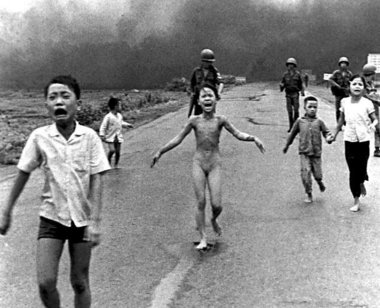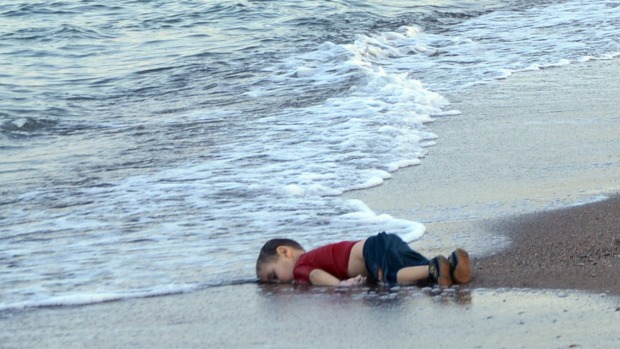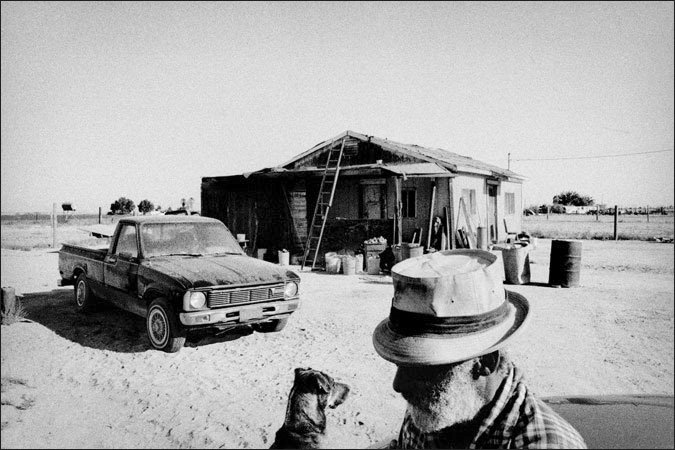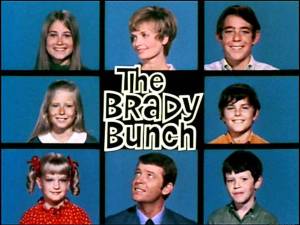Laura Zanatta:: #BCM310:: Blog 2:: Poverty Porn
When looking at images in the media, it’s hard to recognise those which have been edited or skewed, to those that have not. It bars viewers from being able to understand the totality of a problem. Media is completely concerned with grabbing attention, and poverty porn is one way they do so. In skewing stories it detracts from essential meaning, just to become more marketable.
The classic image “Napalm Girl” by Nick Ut, is a clear example of how images can be skewed to gain maximum effect. In the original photo a man to the side filling his camera roll has been cropped out. He’s more concerned with capturing a good image than helping the poor people fleeing from their home town. It makes you wonder why they couldn’t have spent the time to help, well i guess the image wouldn’t have been so important otherwise.

The show Struggle Street is a classic example of poverty porn. Poverty is being re-framed as entertainment (Threadgold 2015). Media has skewed the families lives and made false representations of their self. Media takes joy in doing this, getting ratings and only partially documenting these people’s lives. People from the show were outraged to see how they were portrayed.
One participant (or is it victim?) said:
“It is sending the wrong message about Mt Druitt. It makes us look like bogans and that’s not who we are. If I knew I was going to be portrayed like this, I wouldn’t have agreed.”
(Threadgold 2015)
Though, that’s what viewers like to see, drunk, swearing, classless people. A study showed reasons why people use poverty porn may be that is “resonates” with false perceptions already held by the public and as such is a relatively easy sell (Hasan 2015).
One big step forward for media, and its showing of poverty and hardship, would be the boy washed up on a turkey beach. Though it didn’t gain much traction in Australia, all the English newspapers featured the image on their front covers. This is important, because many times newspapers are too scared to show true images of what’s really going on in the world. Though this image spoke to the people, and finally gave true insight in what’s happening in the world.

This raises a question, what if we extend our search, and look at less regulated and less popular platforms to gain information. Photographer Matt Black, seems to capture a new side to poverty, not one typically portraying a poor man sleeping outside (Brooks 2014).
He brings to light the:
“Disparate, often bleak, realities of everyday life”.
(Sullivan 2014)

“Throughout his career, Black has focused on telling the stories of individuals in impoverished communities, personal stories that are underrepresented in the mainstream media. Conceptually, his work doesn’t directly dwell on drugs or violence, unlike most coverage of poverty. Instead, he focuses on the economic forces that might perpetuate it” (Sullivan 2014).

In looking at his artworks, compared to more common and mediated items, it feels like he captures a more raw expression of the world. His images don’t seem to be skewed, or biased, which is quite refreshing.
It’s important to be aware of these external issues. There’s always a reason to why some news gets more coverage than others, and ratings are a big influence. In the end, people seem to be drawn in by poverty porn, and sadly many still believe the media is giving us the whole picture, which it rarely is.
References
https://smogranch.wordpress.com/2009/05/15/photographer-to-follow-matt-black/
http://www.cleveland.com/agentorange/index.ssf/2011/01/the_vietnam_war_ended_but_a_si.html
http://www.cleveland.com/agentorange/index.ssf/2011/01/the_vietnam_war_ended_but_a_si.html





Recent Comments